The Art creativity of Nadja Schüller-Salvador.
The theme of this interview is the creative act.
I have always been interested in studying other artists, in knowing how an idea is born, how it is chosen by the artist, why he/she uses a certain technique and how he/she came to choose that technique and those themes.
Let’s start dear Nadja Schüller-Ost, I’m really curious to know everything about how your creativity makes you a really interesting artist.
— What is the motivation that pushed you to become an artist?
For me it began as it did for many young people.
The need to express myself, a bit of drawing talent, and an art teacher in school led me to learn drawing and painting intensively at the age of 15 and to think about how important art is and always would be to my life.
I therefore thought about whether it would play a role in my adult life.
And I realized: yes, it will determine my entire life.
I will become an artist no matter what I have to do to do it.
And voila, that’s exactly what I did.
I’m an artist, that’s what I am.
— When did you realize you were going to be a professional artist?
It was a fluid transition.
The fall of the Wall in 1989, I was just 19 and living in the GDR (East Germany), favored this fluid development, because the sudden freedom made everything possible.
And I seized this freedom and was able to start my life as a free, young artist.
— Was the creative process taught to you in school or did it come from your own personal experiences?
Of course, my artistic beginnings were shaped by school disciplines.
But it wasn’t long before I shed that old, too-tight skin and began the adventure of freely exploring my creativity, which continues to this day.
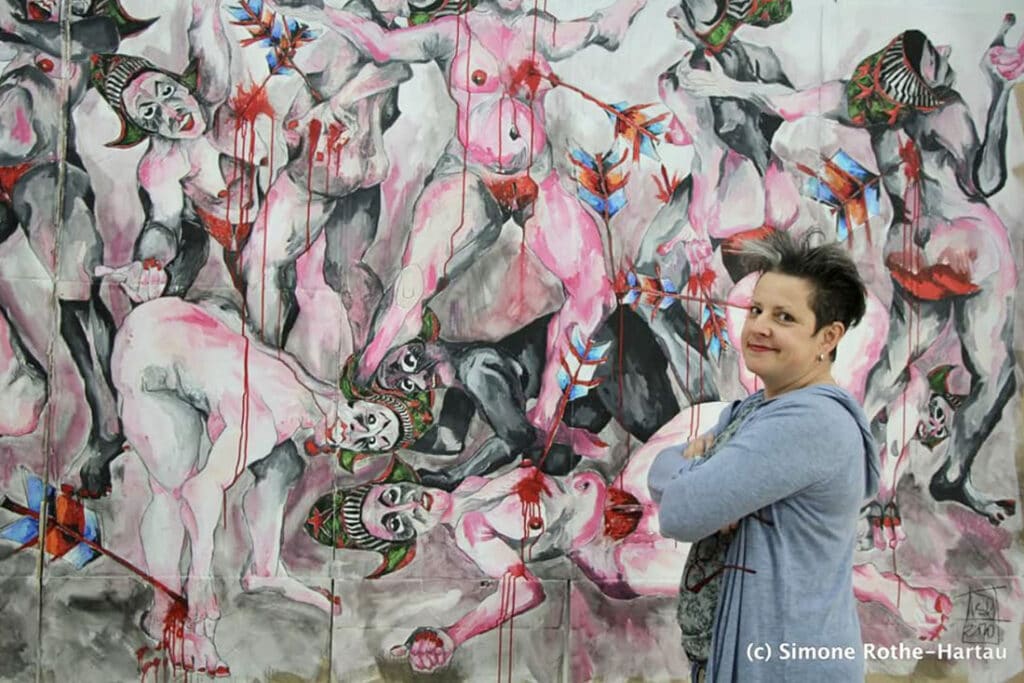
— Is there any situation where you wouldn’t recommend getting more involved in drawing and painting? I know it’s weird to ask an artist this, but I’m interested in hearing about the moment when you lack inspiration, you no longer love what you do, and your creativity is moribund.
So what do you do?
Does this happen to you sometimes?
When I am very tired, I don’t work on my drawings and paintings, I don’t produce art.
That’s when I know I need a little break, which I take, because experience shows that it’s useless to try to force something.
But I actually have even more trouble coordinating and channeling my strong creativity.
Constantly having new ideas is exhausting and doesn’t always lead to the goal.
Over the years, I direct my artwork more and more precisely and with more focus.
I plan it all the way through and implement it at the end.
This is how I end and start something new only when I have finished a project.
— When you present a piece of work on the web, to clients, at exhibitions, what are the most common questions they ask you about how you created it?
The most common question is how long did I work on this or that painting.
Or how I got the idea to paint this picture or this series. Where the references to the works lie and whether these references play a role in my life.
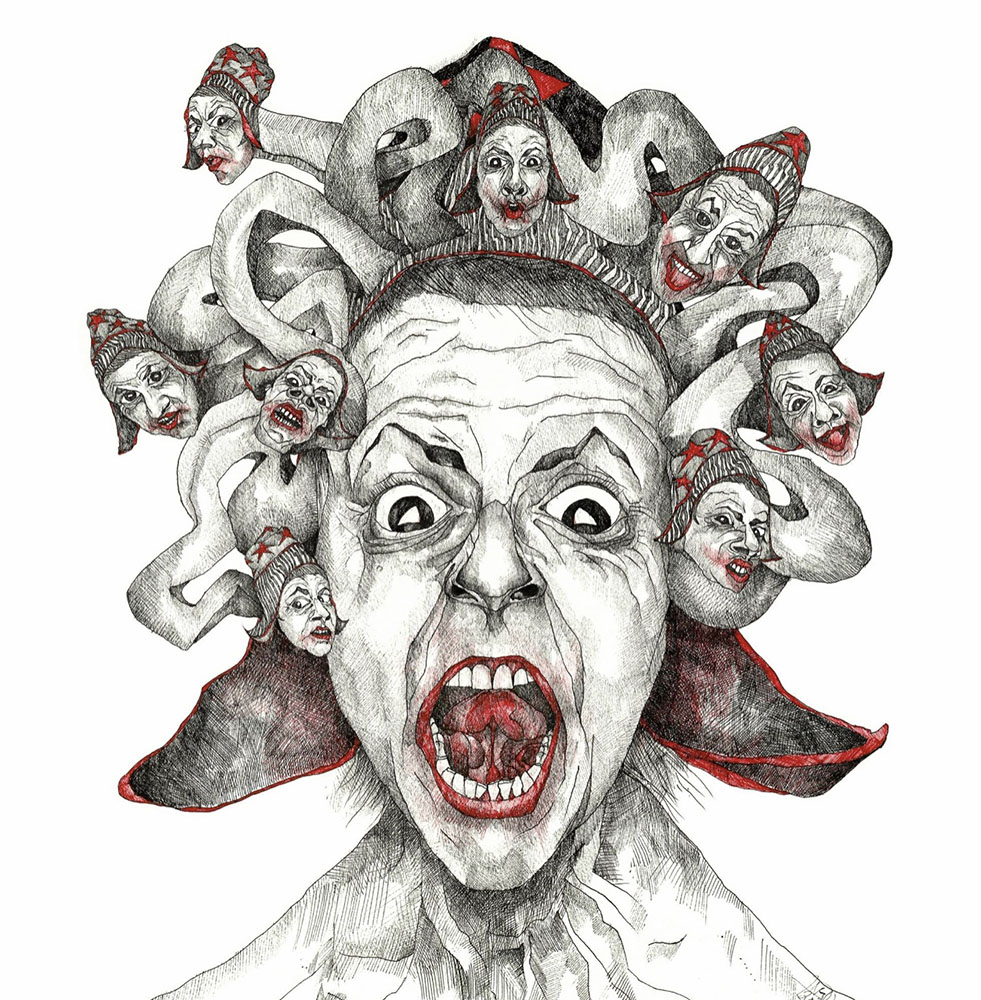
— What is the first thing you do when you have a blank sheet of paper in front of you? Do you already know what you’re going to do? Do you already have the idea?
My artistic work begins in my head.
I have a new idea or I want to connect a new series to another, already completed series.
So, first of all, I start writing everything down, completely structuring my idea and noting every step.
This makes it much easier for me to go in depth and fully utilize my creative work and achieve the best result.
After that, I start drawing small colored sketches with Copic markers and/or watercolors
on paper.
They are no larger than 4 x 4 cm.
This way I can make a lot of sketches in a short time and get closer and closer to my inner image with a process of elimination. If I am sure after this process what exactly I want to realize, I write again very detailed texts to my sketches.
In this way, I additionally work out the core of my artistic statement through a written, inner process. At the same time, I determine the size and number of canvases that will comprise the upcoming series.
Only when all this is completely clear and worked through, I begin to work on the canvases. I now have my artistic work in front of my inner eye and can concentrate completely on the craftsmanship with brush and paint.
Content and expression now merge on the canvas and I can work very quickly and focused, because no question is left open.
Usually I am then already working inwardly on the next series and everything begins anew.
— What fuels your creativity every day?
Firstly, the irrepressible desire to paint and secondly, to implement my thought and work processes. This is always an exciting and deeply satisfying process.
— What advice would you give to someone who is stuck creatively?
Well, everyone functions differently and deals with such situations individually. But I think it’s always important to take a close look inside yourself, why am I stuck, what is the actual cause.
There can be different reasons for stagnation. It is always important to ask why and find an actual answer.
With the answer I can face the situation and make new decisions.
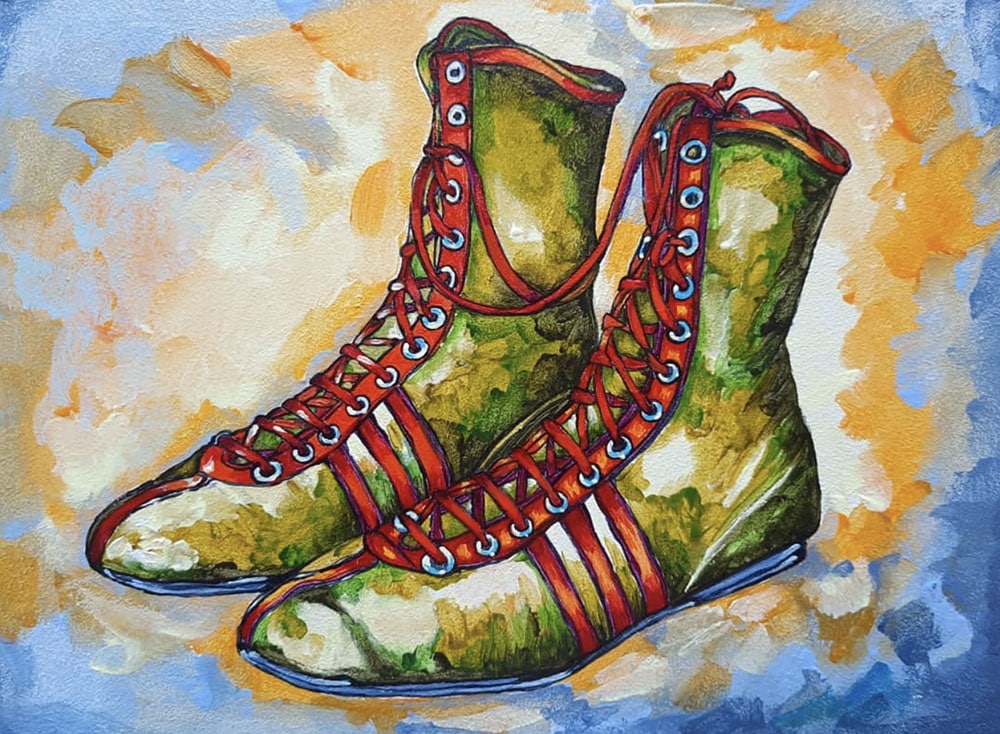
— Is there an order to your creative process? Are you aware of this or do you change depending on the work?
I have already described the answer to this question in this interview.
It has proven itself over the last few years and I continue to refine my method of thoughtful planning and approach with each new project. It brings me the best results for me.
— Does your creative process change if the work is commissioned?
Does your creativity change if you have a collector asking for certain things?
The creative process of a commission is different from that of a free work.
I work closely with the collector from the very beginning and do a lot of voicing, especially at the start of the work.
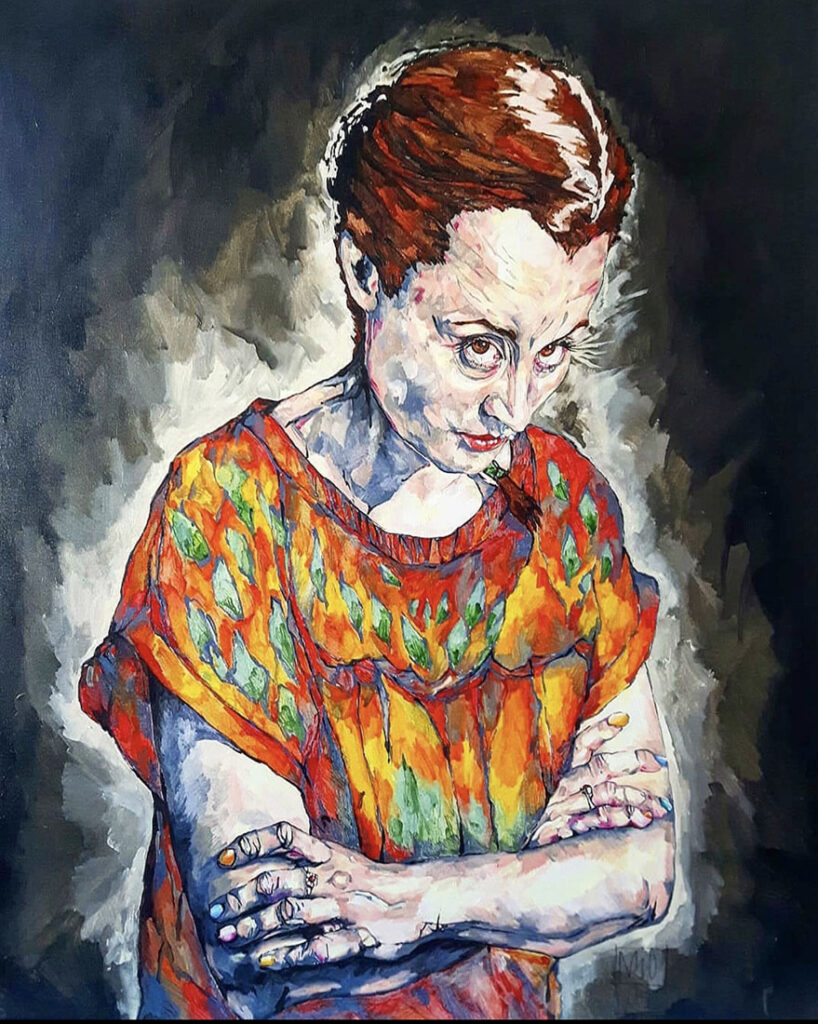
What you tell us about creativity is really gorgeous dear Nadja.
In your art I see very strong Mediterranean colors and the shapes and expressions remind me so much of Bosch and German Expressionism.
Your art really inspires me a lot and I invite you to follow it.
We need art, creativity, especially today.
If you would like to download a free ebook on creativity, click on the red button below.
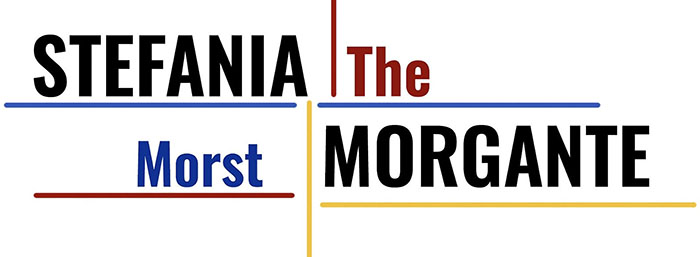
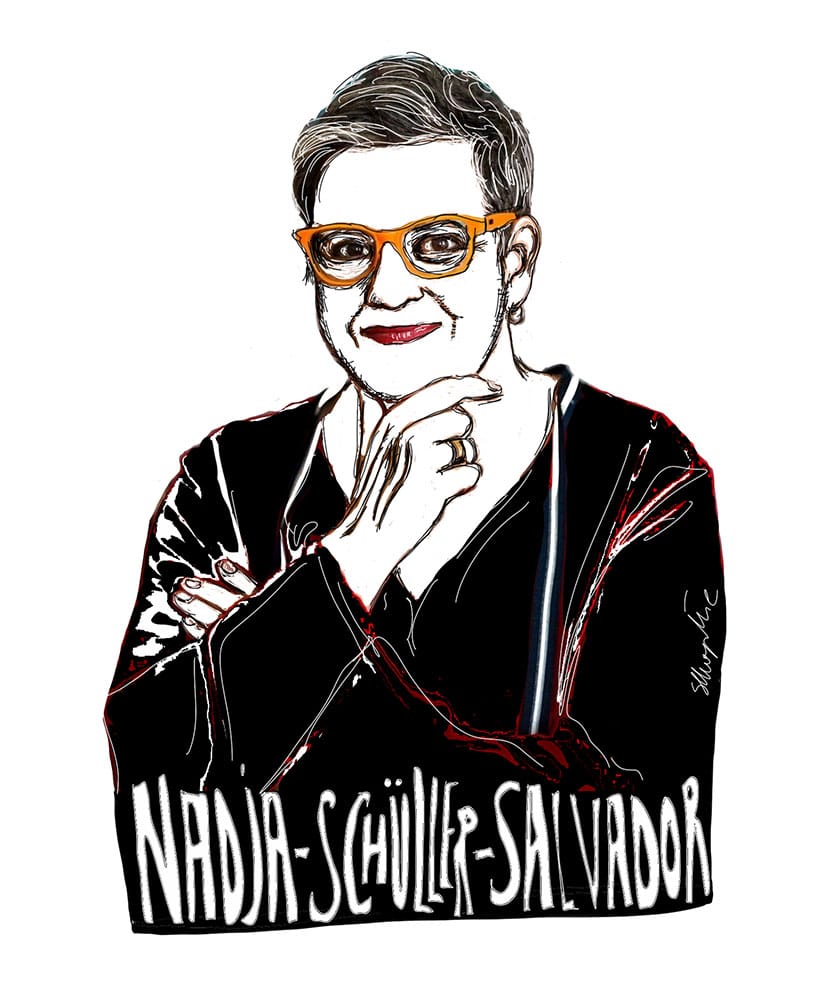
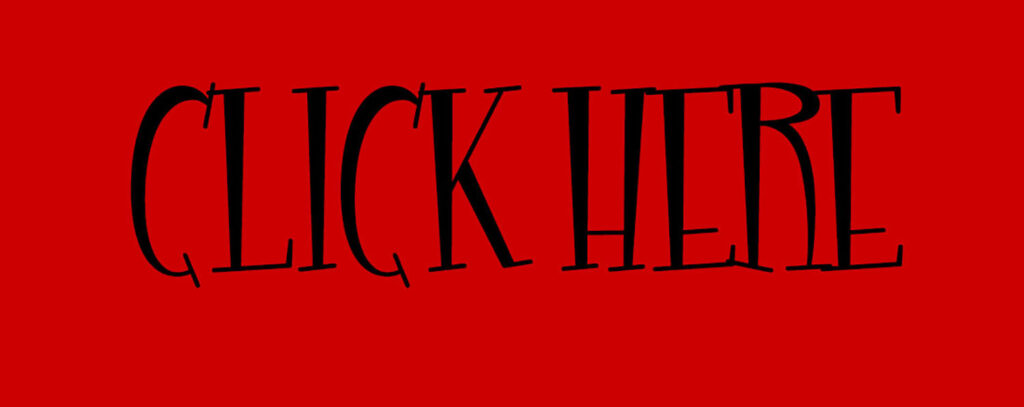
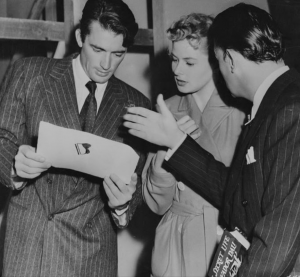
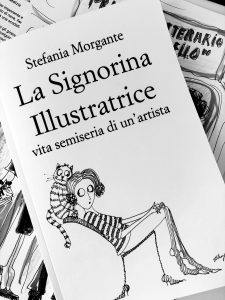
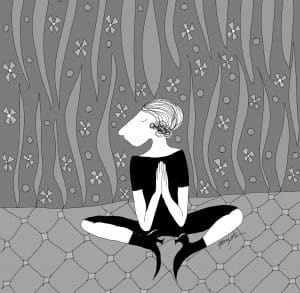
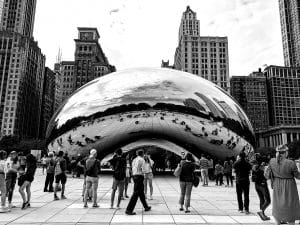
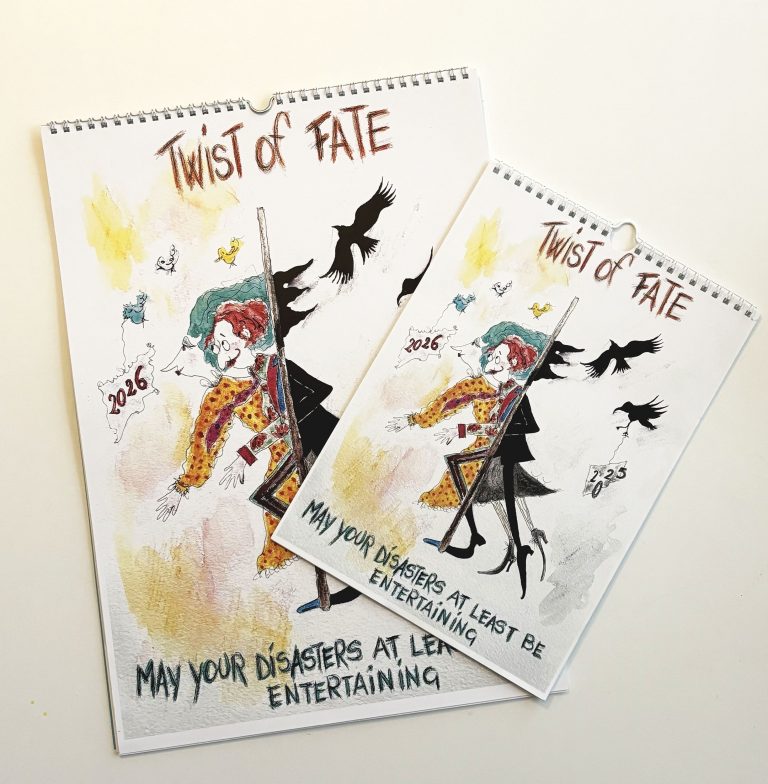
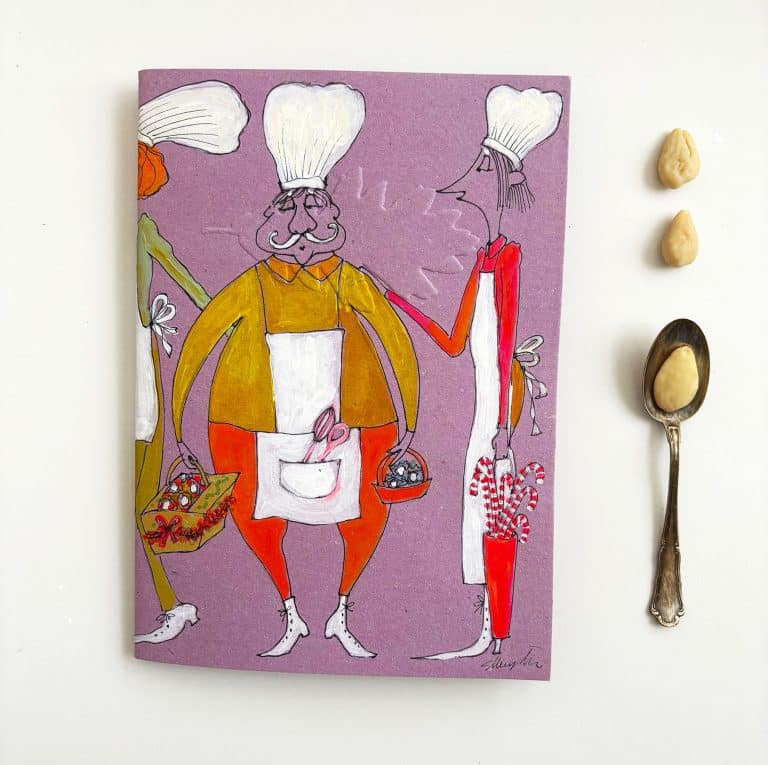
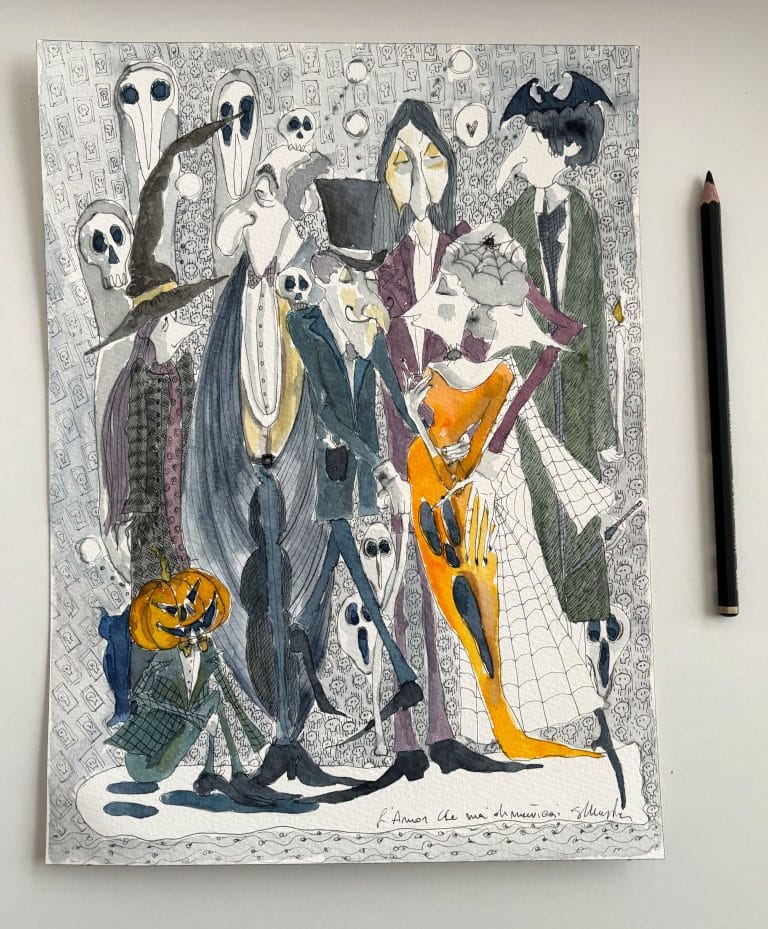
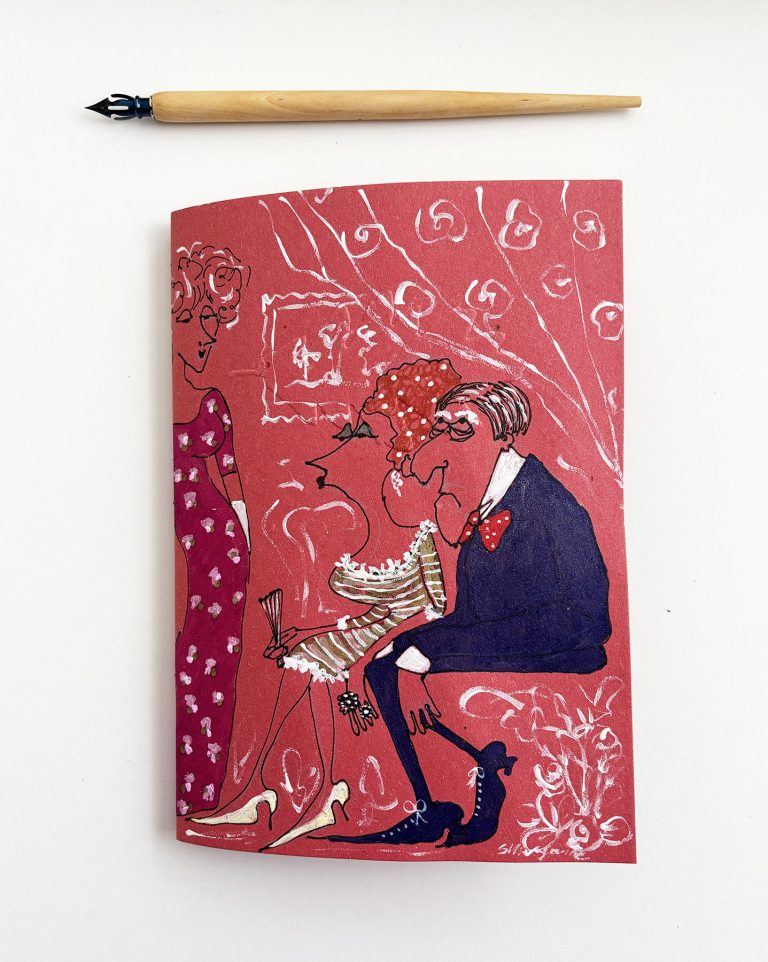
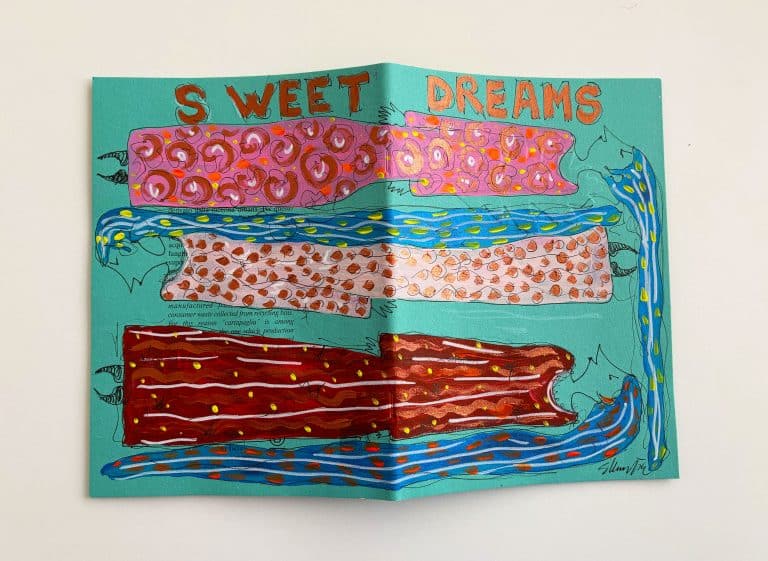
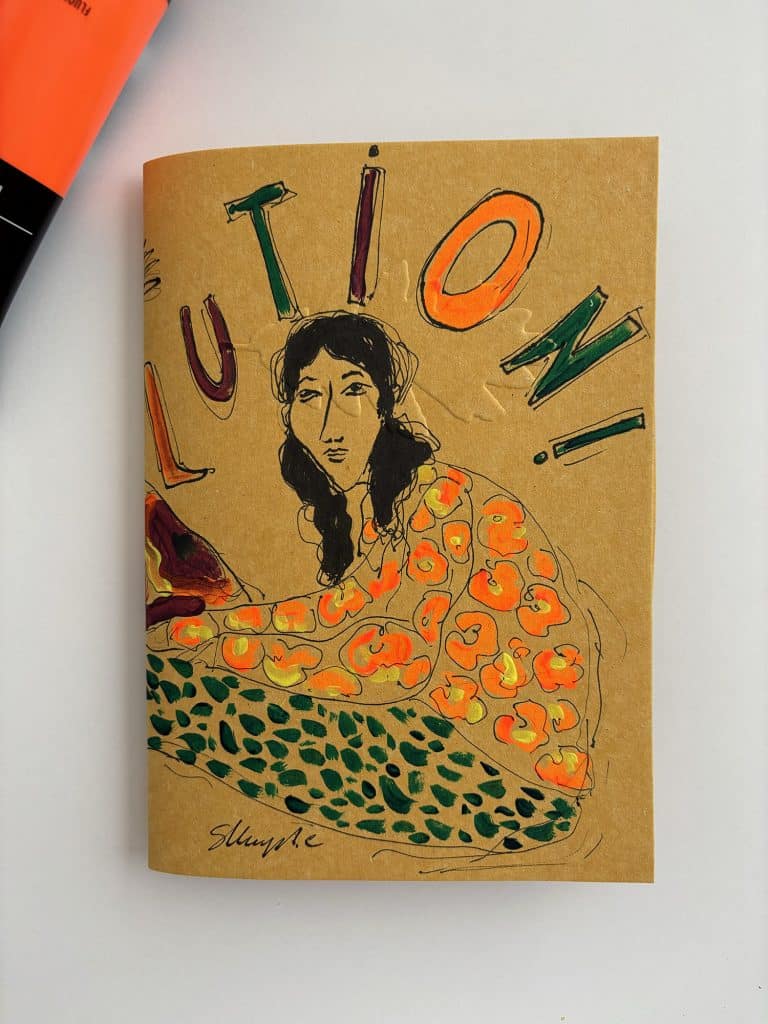
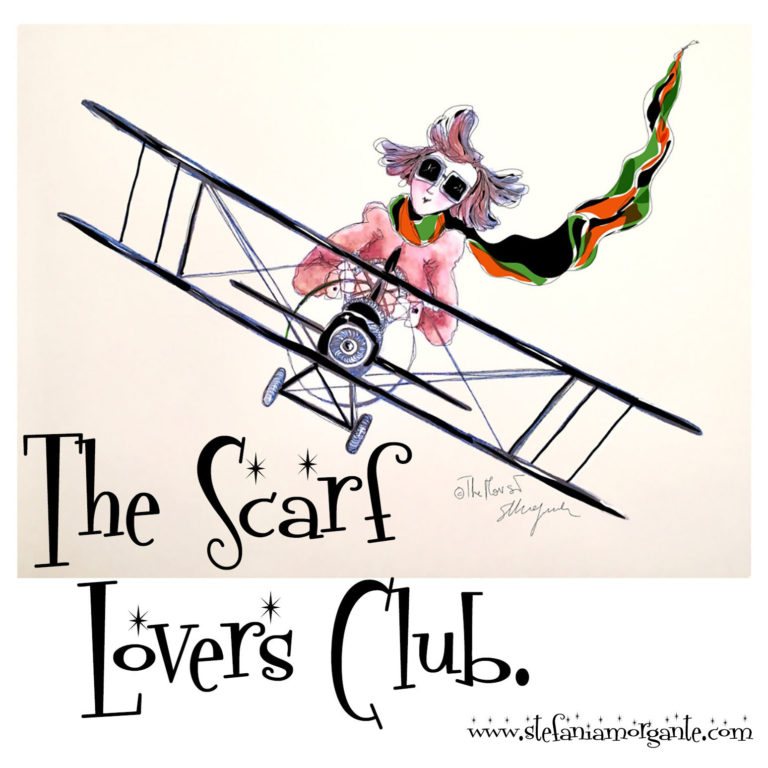
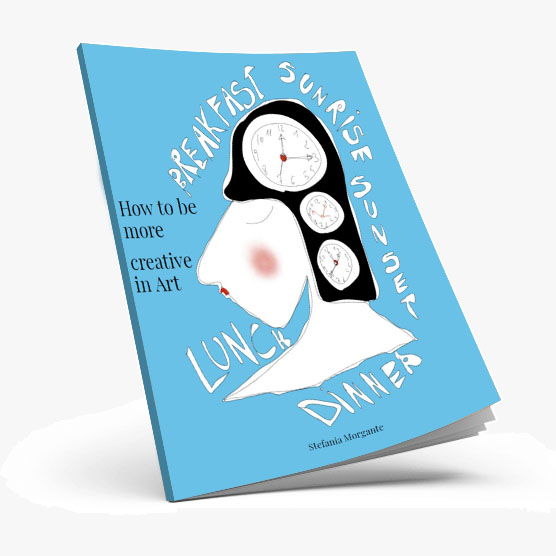

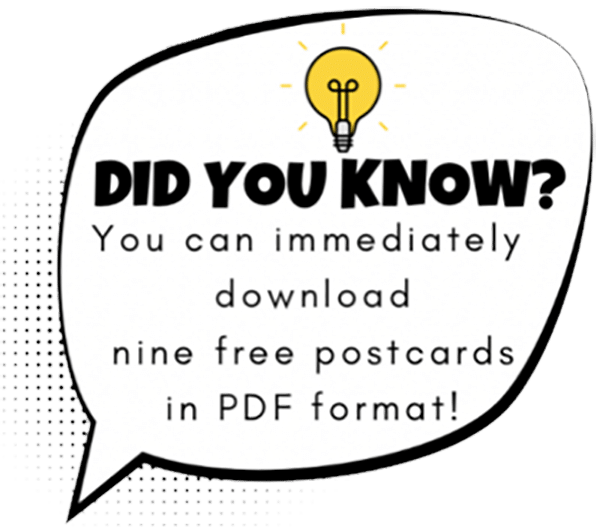
4 thoughts on “Artistic freedom of expression”
Oh my god! Fantastic superlative, i loved to work for you and Nadja. Thank you so much my deutch sister!
Welcome!